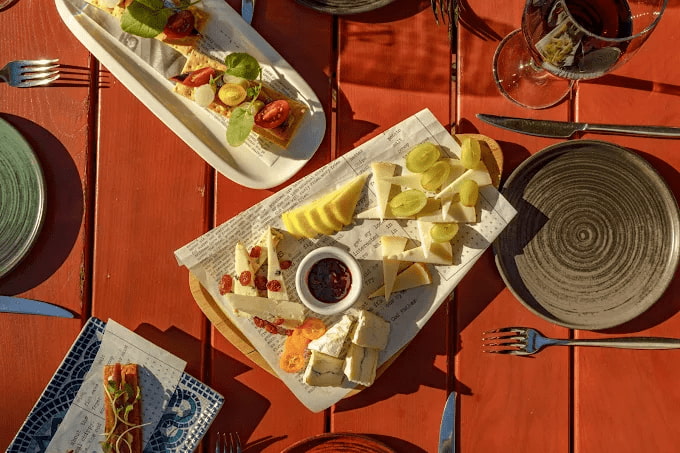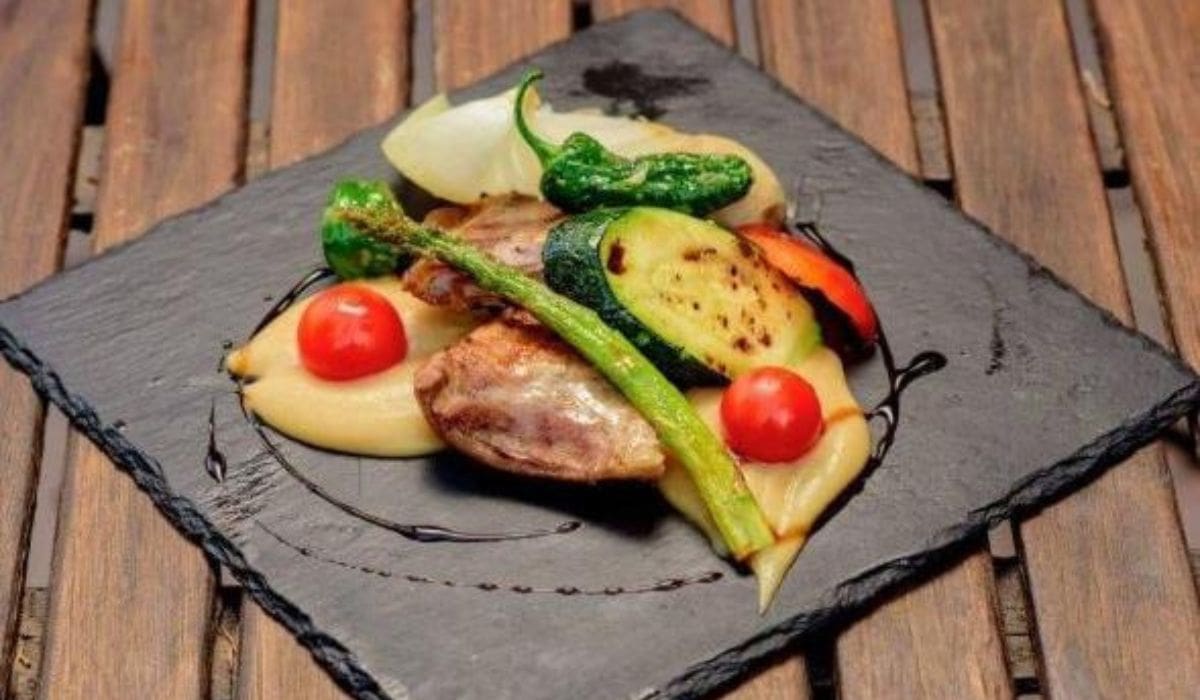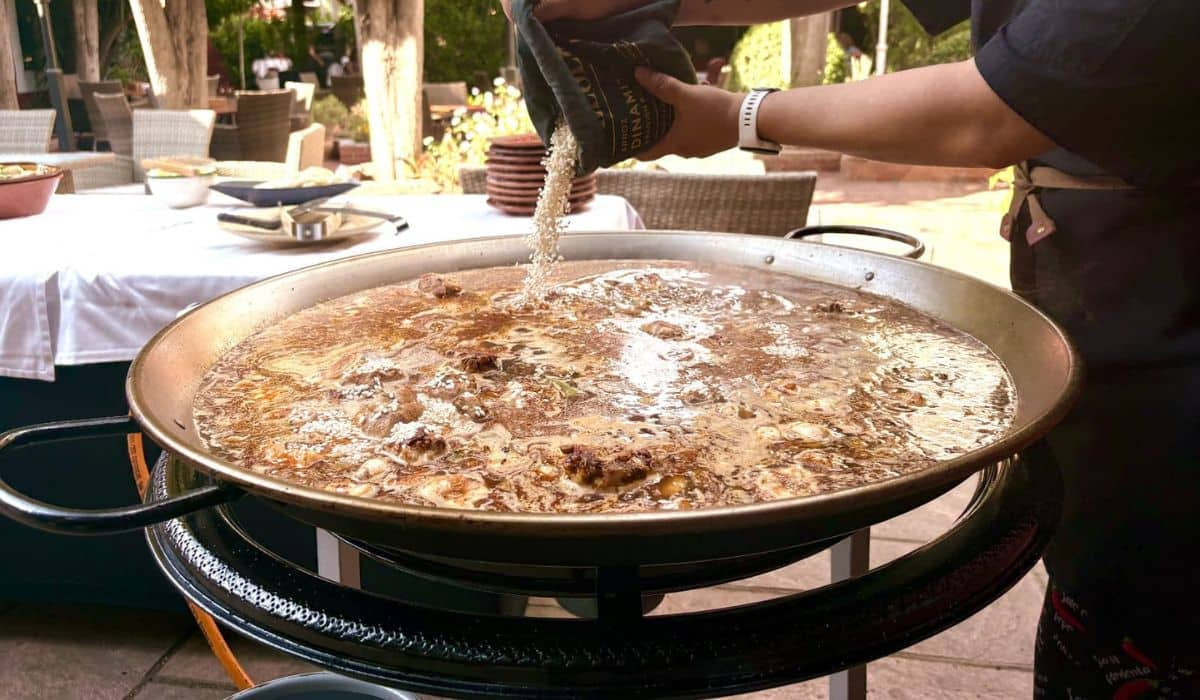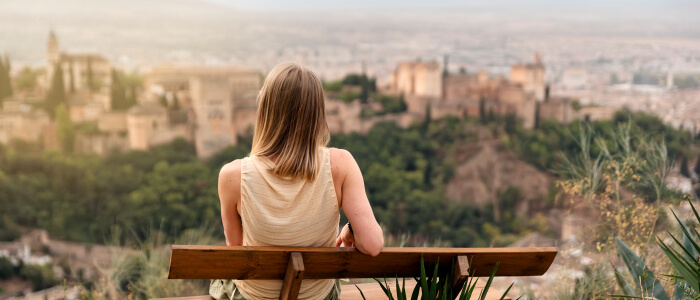The Albaicin is the oldest neighborhood in Granada and a must if you visit this Andalusian city with so much history and beauty to offer the traveler. It is of Arab origin and is located in front of the Alhambra. Here you will find a thousand and one interesting places to visit. Get pen and paper ready to write down what to see in the Albaicín on your bucket list.
History of the Albaicín
The Albaicín neighborhood emerged in the 11th century with the arrival of the Muslims and their Zirid court. They occupied Granada and settled in this characteristic area. It was then that they adapted everything to their customs and constructed buildings of Andalusian architecture. This type of construction of Islamic origin is distinguished by its interior courtyards, ornamental details, tile mosaics, fountains, gardens and horseshoe arches.
The Albaicín still preserves much of this architecture, and for this reason, it is a jewel worth visiting. Of course, the Alhambra is a must on your trip to this city. Don’t forget to reserve your ticket well in advance, if you don’t want to be left without a candle.
8 places to visit in the Albaicin
Did you know that the name Albaicín means “neighborhood on a slope”? For this reason, we recommend wearing comfortable shoes to walk the streets calmly and that nothing stops you when visiting these 8 wonders of the Albaicín. Not even your shoes!
San Nicolás Viewpoint
The Mirador de San Nicolas is one of the most famous places in the city. From here you can enjoy incredible views of the majestic Alhambra and the imposing Sierra Nevada mountain range. A good time to visit is in the late afternoon. You will enjoy a wonderful sunset.
Manuel de Falla House Museum
On Antequeruela Alta Street in this emblematic neighborhood, is located the House Museum of Manuel de Falla, one of the most important Spanish composers of music of the first half of the twentieth century. This is the house where he composed most of his works. It is a carmen house, a typical Granadian construction of Nasrid origin, characterized by its garden and orchard.
Paseo de los Tristes
Paseo de Padre Manjón, the official name of this street, was the road to the cemetery in the 19th century. Hence its nickname as the “Paseo de los Tristes”, since it was common to see funeral processions in this area. It is worth walking along this bohemian street, parallel to the course of the Darro River and from which you can see the Alhambra.
Elvira Gate
The Elvira Gate or Elvira Arch – another way it is popularly known – was the main entrance to the city during the Muslim domination. Its construction by the Zirid sultans dates back to the 11th century. This architectural jewel is integrated into the wall that connects different gates of the historic center.
The House of Zafra
The Moorish house of Zafra is another interesting place to see in the Albaicín. It was built in the 14th century and is believed to have belonged to a noble family of the time. It is one of the best preserved residential works of Nasrid origin. It is known as Casa de Zafra because Queen Isabella the Catholic, after the conquest of Granada, gave this property to Don Hernando de Zafra, her faithful secretary.
Carrera del Darro
The mythical Carrera del Darro is a street that no self-respecting tourist should miss on his trip to Granada. It runs along the edge of the Darro River, hence its name, and crosses at its end, with the Paseo de los Tristes. The peculiarity of this street is the Cabrera Bridge and the Espinosa Bridge, both from the seventeenth century, and some historic buildings also from around that time, which captivate the passerby.
La Plaza Larga
A mythical square of Granada located in the heart of the Albaicín. It is full of bars, restaurants and good atmosphere, where you can taste the most typical local food or have a drink. There are also some small handicraft stores in the area. It is worth noting that it is usually very busy during the day, as it is on your way to the Mirador de San Nicolás.
El Bañuelo
When Isabella the Catholic recovered Granada, she ordered the destruction of all the Arab baths. But this one and the one in La Alhambra managed to survive. El Bañuelo is a public bath that is preserved in very good condition and whose origin dates back to the eleventh century. This is another place worth visiting.
These are some of the places to see in the Albaicín during your trip. You better not miss a single one, as we are sure you will love them all.









